Understanding the effects of lunar phases on human behavior, mood, and health has long been a subject of curiosity and scientific exploration. While many associate lunar cycles with tides and celestial events, their profound impact on Earth’s inhabitants remains a fascinating area of study. From the subtle shifts in human behavior during a full moon to the noticeable changes in mood and emotional states, lunar phases exert a quiet yet significant influence on our lives. This article delves into the intricate ways lunar phases affect human behavior, mood, and overall health, offering insights into how the moon’s gravitational pull extends beyond the ocean tides to shape our daily experiences. By examining the effects of the lunar cycle on human psychology and physiology, we aim to uncover how these natural phenomena continue to play a role in shaping modern life.

Lunar Phases and Human Behavior
The question of whether lunar phases have any impact on human behavior is a fascinating area of exploration. While scientific consensus remains mixed, anecdotal evidence and certain theories suggest possible connections between the moon’s cycles and human behavior. Below, we delve into some of the most commonly discussed lunar phases and their alleged effects on humans.
- New Moon: The new moon, marked by a darkened sky due to the moon’s illuminated side being hidden, has been linked to increased emotional sensitivity and introspection. Some believe this phase may amplify feelings of intuition and creativity, as well as a sense of renewal or rebirth.
- Full Moon: The full moon, when the moon appears completely illuminated, is often associated with heightened emotions, including anxiety, stress, and mood swings. This phase has also been suggested to influence sleep patterns and decision-making processes.
- First Quarter: During the first quarter, the moon appears smaller and brighter in the sky, often symbolizing new beginnings and growth. This phase has been linked to increased energy levels and a sense of motivation, as individuals may feel inspired to take initiative and pursue new goals.
- Third Quarter: The third quarter, where the moon is visible but less than half illuminated, is sometimes associated with transitions and endings. This phase may trigger feelings of reflection, closure, or a desire to consolidate achievements before moving forward.
Some researchers speculate that the moon’s gravitational pull could indirectly influence tides in the Earth’s oceans, potentially affecting human behavior through subtle physiological changes. However, the evidence supporting these claims remains largely anecdotal and lacks rigorous scientific validation.
For those interested in exploring the connection between lunar phases and human behavior, websites like Blood Moon Prophecy offer detailed insights and analysis. They discuss how lunar events, including blood moons, can align with significant cultural, historical, and spiritual milestones, offering unique perspectives on humanity’s relationship with the cosmos.
Ultimately, while the idea that lunar phases have measurable effects on human behavior continues to spark curiosity and debate, more robust scientific studies are needed to establish any definitive connections. Until then, the moon’s influence on humans remains a subject of popular interest and speculation.
Lunar Phase Effects
The lunar phase, or moon’s cycle, has long been studied for its potential effects on Earth and its inhabitants. The moon’s gravitational pull influences tides, weather patterns, and even human behavior and health.
Effects on Humans
- Sleep Patterns: Studies suggest the moon’s phases may influence sleep cycles, with some individuals experiencing increased restlessness during full moons.
- Emotional States: There are reports of heightened emotions, such as anxiety or mood swings, during certain lunar phases.
- Physical Health: Some research indicates a connection between lunar cycles and physical health outcomes, though findings vary.
- Behavioral Changes: Legends and folklore often attribute various behavioral shifts to the moon’s phases, such as increased aggression or creativity.
Blood Moon Prophecy
A specific type of lunar eclipse, known as a blood moon, is often associated with spiritual and cultural significance. According to Blood Moon Prophecy , this event is believed to hold special meaning for many cultures and individuals.
Scientific Perspective
While popular belief attributes numerous effects to the moon’s phases, scientific evidence remains mixed. However, the moon’s influence on Earth’s environment, such as tides, is well-documented and plays a crucial role in coastal ecosystems.
Competitor References
For further reading, Time and Date provides detailed information on lunar cycles and their effects. Additionally, Ancient Origins explores the historical and cultural significance of lunar events.
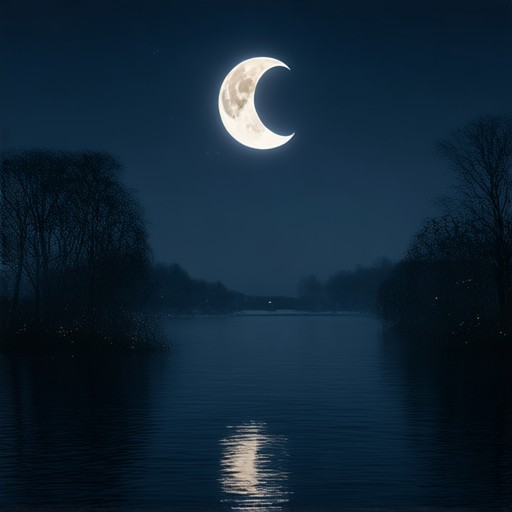
How Moon Phases Affect Mood
The phases of the moon have long been associated with various emotional states, though the extent of their actual influence on mood remains debated. Below is a breakdown of how different moon phases may impact mood, supported by both anecdotal evidence and scientific understanding.
1. Full Moon
The full moon is often cited as having a significant impact on mood. While some individuals report feeling more anxious or emotional during this phase, others find it inspiring or energizing. Scientific studies, however, have not consistently shown a direct correlation between the full moon and mental health admissions, as noted in a 1985 meta-analysis.
2. New Moon
The new moon marks a time of reflection and renewal. Many people experience a sense of calm or introspection, which can lead to heightened emotional awareness. Conversely, some may feel a temporary dip in energy due to the absence of the moon’s light.
3. Waxing Crescent
During the waxing crescent phase, the moon is gradually increasing in brightness, symbolizing growth and potential. This phase can inspire motivation and optimism, as individuals may feel compelled to take initiative or pursue goals.
4. Waning Crescent
As the moon wanes, its light diminishes, often coinciding with a period of letting go. This phase may evoke feelings of sadness or loss, as people reflect on what is fading away. However, it can also foster patience and acceptance.
5. Gibbous Moon
The gibbous moon, resembling a harvest moon, can amplify emotions, both positive and negative. Some find solace in its comforting appearance, while others may feel overwhelmed by its intensity, leading to heightened sensitivity.
6. Blue Moon
A rare occurrence, the blue moon presents a unique opportunity for introspection and emotional release. Its rarity can make it a powerful catalyst for change, whether through personal growth or unexpected shifts in mood.
Moon Phases and Emotional Cycles
The cyclical nature of the moon mirrors the ebb and flow of human emotions. The gravitational pull of the moon influences tides, and it’s possible that similar rhythmic patterns affect mood swings. This connection, while speculative, contributes to the belief that moon phases have a profound impact on emotional well-being.
Cultural and Personal Significance
Beyond science, the moon holds cultural and spiritual significance. Many cultures attribute mood changes to lunar cycles, further perpetuating the idea of its influence. Individual experiences also play a crucial role, as personal associations with the moon can shape how its phases affect mood.
Conclusion
While scientific evidence remains mixed, the moon’s phases continue to captivate us with their beauty and mystery. Whether or not they directly influence mood, the connection we draw from them enriches our relationship with the natural world.
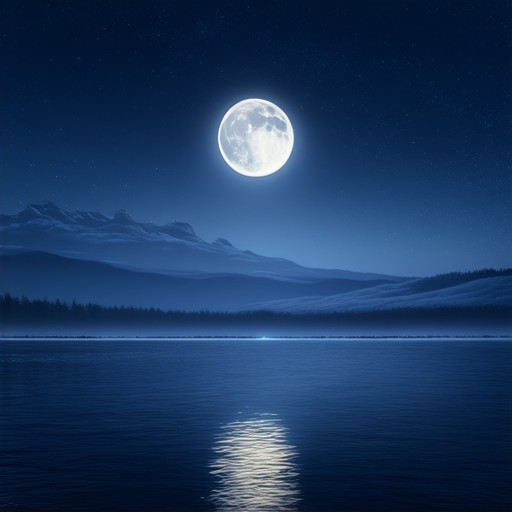
What Happens During a Lunar Phase?
The lunar phases are the natural changes in the appearance of the Moon as it orbits the Earth. These phases result from the varying amounts of sunlight that illuminate different portions of the Moon’s surface. Here’s a breakdown of the primary lunar phases:
- New Moon: Occurs when the Moon is between the Earth and the Sun, making it appear completely dark and invisible from Earth.
- Waxing Crescent: The Moon appears as a thin crescent shape on the right side, gradually increasing in size as it approaches the First Quarter.
- First Quarter: The Moon is a quarter full, with a prominent crescent shape on the right side.
- Gibbous Moon: The Moon is fully illuminated, appearing as a perfect sphere in the sky.
- Last Quarter: The Moon is a quarter full, but the crescent shape is now on the left side.
- Waning Crescent: The Moon appears as a thin crescent shape on the left side, gradually decreasing in size as it approaches the New Moon.
The phases are primarily caused by the changing angles between the Earth, the Moon, and the Sun as the Moon orbits the Earth. This orbital motion creates the illusion of the Moon’s shape and brightness changing throughout its monthly cycle. While the phases generally repeat every 28 days, minor variations can occur due to the Moon’s elliptical orbit and other gravitational influences.
A particularly notable event is the Blood Moon, which occurs during a total lunar eclipse. This rare event causes the Moon to turn red due to the scattering of sunlight around the Earth, creating a striking visual effect.
How Do Moon Phases Affect the Body?
The moon’s phases have long been believed to have subtle influences on various aspects of human health and behavior. While the evidence may not always be conclusive, many studies suggest potential connections between lunar cycles and bodily functions.
Sleep Patterns
Research indicates that the moon’s gravitational pull can influence sleep patterns, particularly during full moon and new moon phases. Some individuals report increased restlessness or disrupted sleep schedules during these times, which may contribute to irregular sleep-wake cycles.
Hormonal Cycles
There is some speculation that the moon’s cycle might align with certain biological rhythms in humans, such as the menstrual cycle. Studies have shown a weak correlation between lunar phases and menstrual timing, though the mechanisms remain unclear.
Mood Swings
Some people experience noticeable mood changes coinciding with lunar phases, particularly during full moons. This phenomenon has been linked to shifts in brain chemistry, including altered levels of serotonin and dopamine, which regulate mood.
Physical Recovery
moon phases may also impact physical recovery processes. Studies suggest that lunar cycles could influence melatonin production, which plays a role in regulating sleep and recovery. This connection may explain why some athletes experience variations in performance during specific lunar periods.
Spiritual and Emotional Well-being
Many cultures attribute spiritual significance to lunar phases, often using them as moments for reflection and introspection. This practice may foster a sense of emotional balance, helping individuals navigate stress and uncertainty.
While these connections are intriguing, it’s important to approach claims about lunar influences with skepticism. More rigorous scientific research is needed to establish definitive links between moon phases and human physiology.
- Learn more about lunar influence on sleep
- Explore hormonal cycles and lunar phenomena
- Discover the connection between mood swings and lunar phases

Fun Facts About Lunar Phases
The moon’s phases are a captivating astronomical phenomenon that have fascinated humans for centuries. Here are some intriguing facts about the moon’s phases:
1. The Moon’s Phases
The moon undergoes a series of phases that repeat every 28 days, known as a synodic month. During this period, the moon goes through eight distinct phases, each with its own name and unique characteristics.
2. Duration of Lunar Cycle
It takes approximately 27 days, 7 hours, and 43 minutes for the moon to return to its original position in the sky and the same phase, completing a full lunar cycle. This slight discrepancy from 28 days accounts for the varying length of months in the Gregorian calendar.
3. Illuminated Surface
During each lunar phase, different portions of the moon’s surface become illuminated as it orbits Earth. This is due to the reflection of sunlight off the moon’s surface, resulting in the familiar sight of a full moon, half-moon, or new moon.
4. Tidal Effects
The gravitational pull of the moon causes tidal bulges on Earth’s oceans, which is why the phases of the moon are so noticeable along coastlines. The highest tides occur during the full moon and new moon, due to the moon’s gravity stretching the ocean waters.
5. Myths and Legends
Throughout history, the moon’s phases have been associated with various myths and legends. For instance, the blood moon, or tetra moon, is often linked to ancient prophecies and spiritual significance, as seen in the Blood Moon Prophecy.
6. Visible From Earth
The moon is visible from Earth for most of its orbit, except for a brief period when it is on the far side of the Earth, known as the “new moon.” This is why we don’t always see the moon every night.
7. Names of Lunar Phases
Some lesser-known phases include the crescent moon, gibbous moon, and the penumbral and umbral stages during eclipses. Each phase provides a unique view of our celestial neighbor.
Conclusion
The moon’s phases are not only a beautiful sight to behold but also a window into the dynamics of our solar system. Their regularity and variability continue to captivate stargazers and scientists alike, making them a timeless subject of fascination.
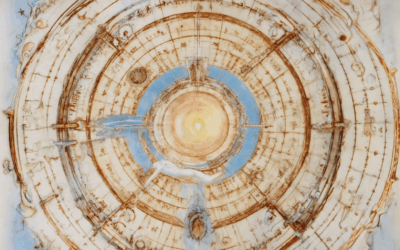
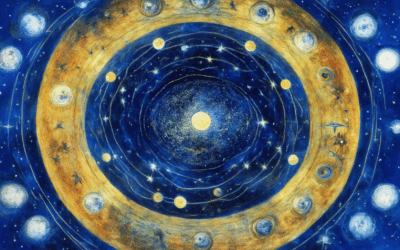
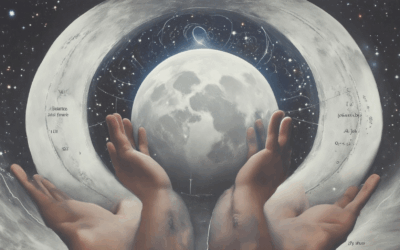
0 Comments